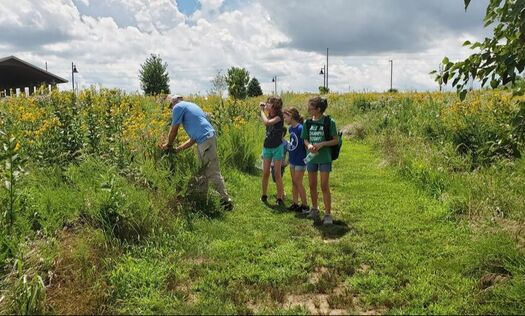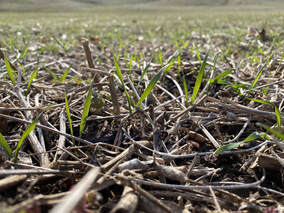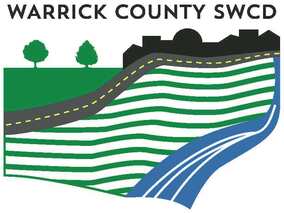|
Learn a little bit about us and see how we came to be as an organization along with meeting our staff!
|
Explore for information about row crops, gardens, and more.
|
Explore all of the ways that we bring conservation to the conversation.
|
|
Congratulations to our 2024 NACD Poster Contest Winners! Thank you to everyone who participated, everyone sent in such amazing posters and really showed their love for our forests!
upcoming events
WISP
upcoming 2024 Weed wrangles:
- DONE FOR THE SEASON! Keep an eye out for next year's dates!
When These Roots Run Deep in Healthy Soil (A Cover Crop Documentary)
This documentary on soil health and cover crops is brought to you by the Pike County Soil & Water Conservation District





